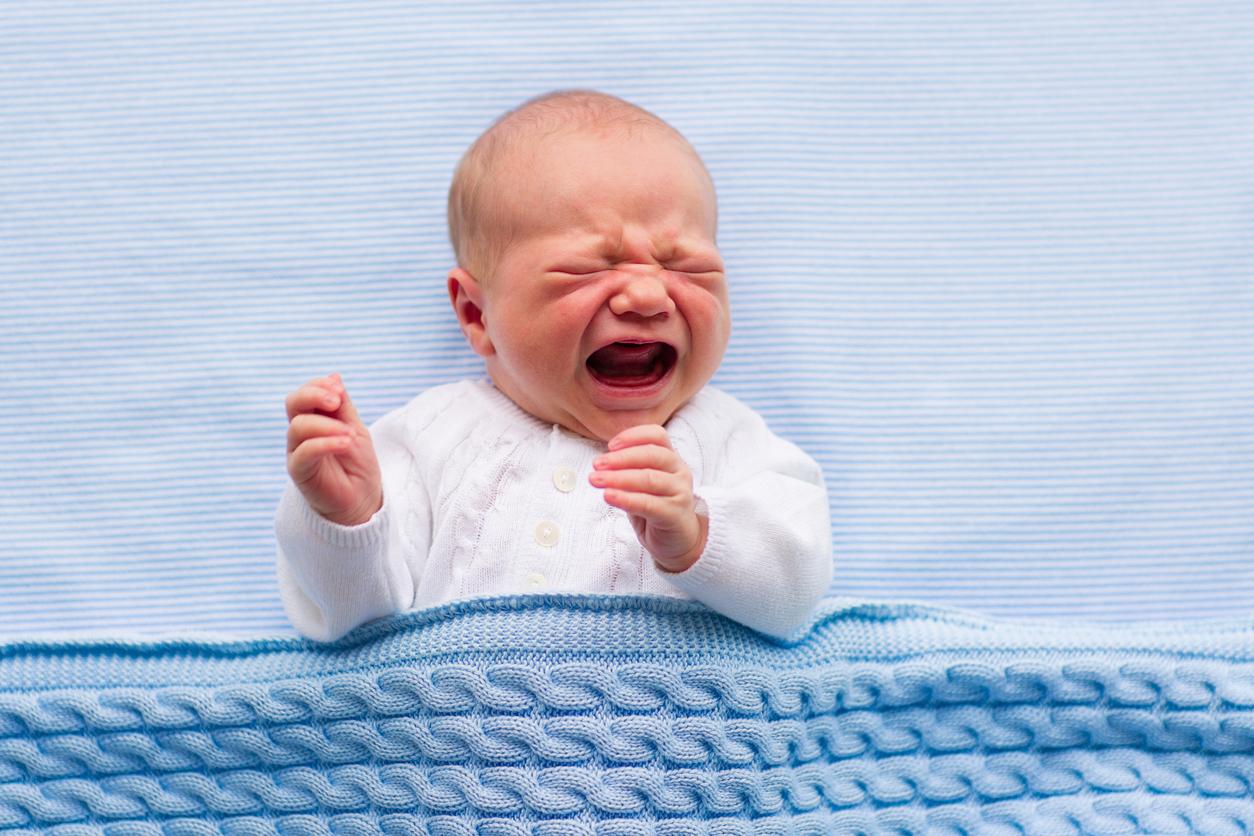This dad used A/B testing to find what makes his babies sleep longer
More sleep for babies = more sleep for parents

One of the biggest challenges for parents of newborns is getting their babies to sleep longer (ergo allowing for more precious sleep for the parents too). And one man decided to take a scientific approach to finding the answer.
After his wife absent-mindedly asked herself how they could get their baby twins to sleep more, engineer and first-time dad Tyler Lund took it as a challenge.
Lund wrote a post on his blog, Dad on the Run, explaining how he used A/B testing to try and work out what would make his then ten-week-old twins sleep for longer.
A/B testing is used by the majority of big tech companies and is actually surprisingly simple - all it entails is keeping one ‘control’ constant, and then measuring the results against the control after making different changes.
It’s the technique Google famously used to decide which of 41 slightly different shades of blue to use for their search results (based on the colour that would yield the most clicks) and how Amazon decides on the layout of their “buy” buttons.
But could it really work on babies and with a sample size of just two? As a desperate and sleep-deprived new dad, Lund gave it a try.
Using one of their baby boys as a control and the other as the treatment, Lund tested several theories about length of sleep baselined against the control.
Fortunately, sleep is easy to measure: “When they wake up at night, we just write it down,” Lund explains.
“This is exactly what we’ve been doing since the day they were born since the nurses at the hospital instilled it in us.”
The first test was to increase the amount given to the babies at the feeding immediately before bedtime - from four to five and then six ounces.
“To prevent bias from one child, we alternated who was the test and who was the control since they seem to be on cycles of good and bad. While one child had a larger evening feeding, the other would stay at four ounces,” Lund explains.
The results, however, were inconclusive as both babies’ sleep increased during this period. There was also the problem that they tended to spit out anything after having eaten about five ounces.
Next, Lund tried giving his children gripe water, a product made from herbs and spices which is meant to ease discomfort and settle stomachs in infants.
It did help with reflux and the babies did sleep for about 20-30 minutes longer each day, but Lund points out that this could just be down to their getting older.
As gripe water had made a slight improvement, this became the new control.
The third test was to give the boys a final feed just before bed, as opposed to a few hours before.
And according to Lund, this worked best: “We saw increases in up to an extra hour of sleep as a result, though often not until a few days into the experiment, apparently this takes time to affect sleep patterns,” he says.
The final test was simply to prevent the boys sleeping in the day in the hope that they’d be so tired by the evening that they’d sleep soundly.
“We saw minor increases in length of sleep, but we didn’t account for the stress and exhaustion it would cause by keeping them awake and making them unhappy,” Lund explains, adding that it took longer to get them to settle down too as they were fussy and overtired.
Lund concludes that to create any meaningful results, you’d of course need a much larger sample size: “Triplets would come in handy for this,” he writes.
“Maybe just someone else’s triplets though, we are definitely not ready for that!”
Join our commenting forum
Join thought-provoking conversations, follow other Independent readers and see their replies
Comments